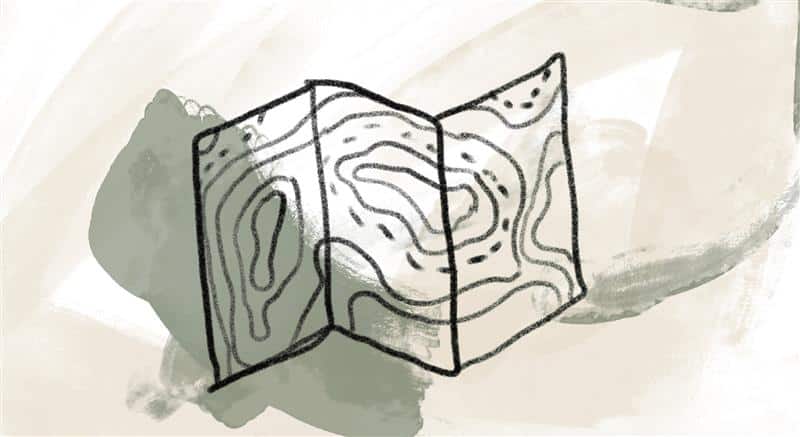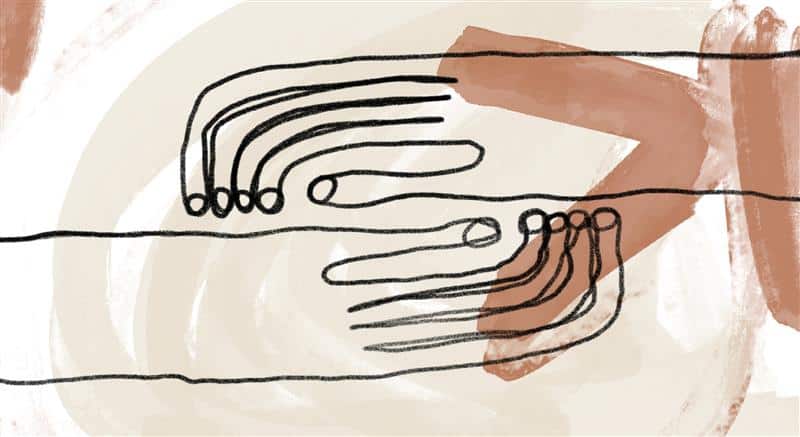
Franciscan alternative orthodoxy emphasized incarnation more than redemption. Franciscans did not believe that God sent Jesus to earth to die as a substitutionary atonement* for our sins. Father Richard summarizes:
In the thirteenth century, the Franciscans and the Dominicans were the church’s debating society, as it were. We were allowed to have minority positions in those days. We invariably took opposing positions in the great debates in the universities of Paris, Cologne, and Oxford, and neither opinion was kicked out of the church at that time.
In these debates, Thomas Aquinas (1225–1274) and the Dominicans were being true to the Scriptures, the Jewish temple metaphors of sacrifice, price, and atonement. Many passages can give the impression that a ransom is required. But our Franciscan teacher, Blessed John Duns Scotus (c. 1266–1308), who founded the theological chair at Oxford, said that Jesus’ crucifixion didn’t solve any problems with God or change God’s mind about us. God’s mind didn’t need changing. Rather, Jesus was changing our mind about God!
Duns Scotus built his argument on a New Testament understanding of the pre-existent Cosmic Christ in Colossians, Ephesians, and John’s Gospel. Jesus is “the image of the invisible God” (Colossians 1:15), who came forward in a moment of time so we could look upon “the One we have pierced” (John 19:37) and see God’s unconditional love—and at the same time, see what humans do to almost everything—and God’s unconditional love-response to that. [1]
Duns Scotus firmly believed that God’s freedom had to be maintained at all costs. If God “needed” or demanded a blood sacrifice to love God’s own creation, then God was not freely loving us. Duns Scotus taught that Christ was Plan A from the very beginning (see Colossians 1:15–20; Ephesians 1:3–14; John 1:1–18). Christ wasn’t a Plan B after the first humans sinned, which is the way most people seem to understand the significance of Jesus’ death and resurrection. The Great Mystery of Incarnation was not motivated by a problem but by love.
The Franciscan view grounds Christianity in love and freedom from the very beginning. It creates a coherent and positive spirituality, which draws us toward lives of inner depth, prayer, reconciliation, healing, and universal at-one-ment, instead of any notion of sacrifice, which implies an angry God who needs to be bought off. [2]
On the cross, Jesus bears the consequences of hatred publicly, but in an utterly new way that consists of forgiveness and letting go. We finally call it “resurrection,” not just for Jesus’ body, but for all of history. A new and possible storyline is set forth. If God and Jesus are not hateful, violent, punitive, torturing, or vindictive, then our excuse for the same is forever taken away from us. Jesus’ entire journey told people two major things: that life could have a positive storyline, and that God was far different and far better than we ever thought. [3]
Reference:
[1] Adapted from Richard Rohr, Dancing Standing Still: Healing the World from a Place of Prayer (Mahwah, NJ: Paulist Press, 2014), 70–71.
[2] Adapted from Richard Rohr, Franciscan Mysticism: I AM That Which I Am Seeking (Albuquerque, NM: Center for Action and Contemplation, 2012). Available as MP3 download.
[3] Rohr, Dancing Standing Still, 72–73.
*A note on the term “substitutionary atonement”:
Throughout Christian history, there have been multiple theories of substitutionary atonement. One of the earliest, the ransom theory, originated with Origen of Alexandria (c. 185–c. 253). Closely related to this was the Christus Victor theory. The ransom view of atonement was the dominant theory until the publication of Anselm’s Cur Deus Homo? (Why Did God Become Human?) at the end of the eleventh century. Anselm’s satisfaction theory of atonement then became dominant until the Reformed position introduced penal substitution in the sixteenth century. This new view of substitutionary atonement emphasized punishment over satisfaction and paralleled criminal law. Today, the phrase “substitutionary atonement” is often (correctly or incorrectly) used to refer to the penal theory of atonement.
Image credit: A path from one week to the next—Izzy Spitz, Chemistry of Self 3 (detail), digital oil pastels. Izzy Spitz, momentary peace (detail), digital oil pastels. Taylor Wilson, Transfiguration (detail), cyanotype. Used with permission. Click here to enlarge image.
Amidst our life complexities, we stop, we breath, we look for the pockets of peace.
Story from Our Community:
I first came across St. Francis when I was 8 years old attending Catholic school in Taipei, Taiwan. While my relationship with religion shifted over time, my belief in Spirit remained constant. I trained as a Buddhist, a Jungist, and now most recently, a novitiate in the Third Order of St Francis. I live in rural New South Wales, Australia, where recently, we have endured drought, fires, and floods. In the silence of the land after bushfires, I reflect on the universality of the contemplative message. Fr. Richard doesn’t tell me new things exactly, but he explains the truth in a way I am able to truly hear. Thank you. —Virginia H.




